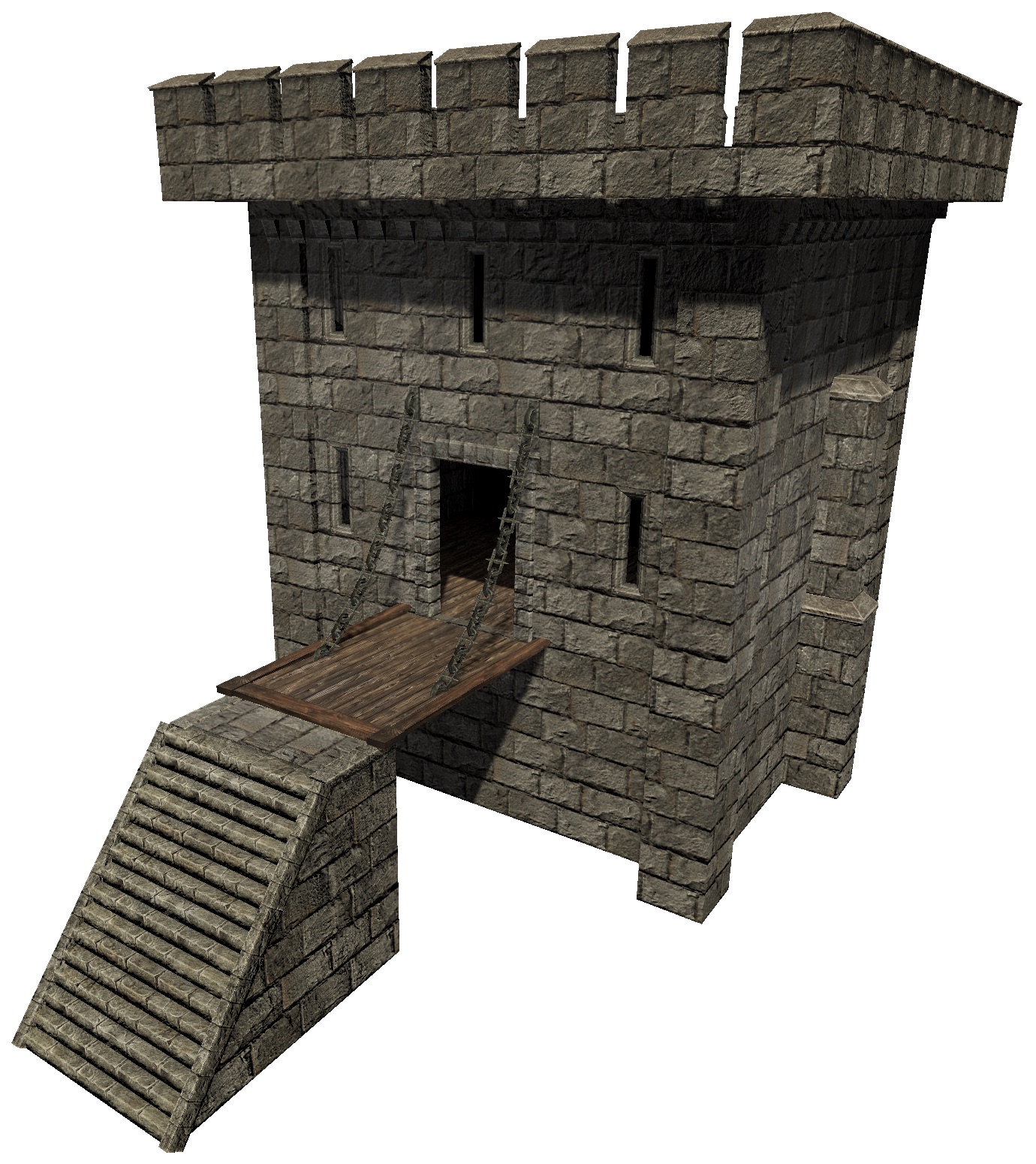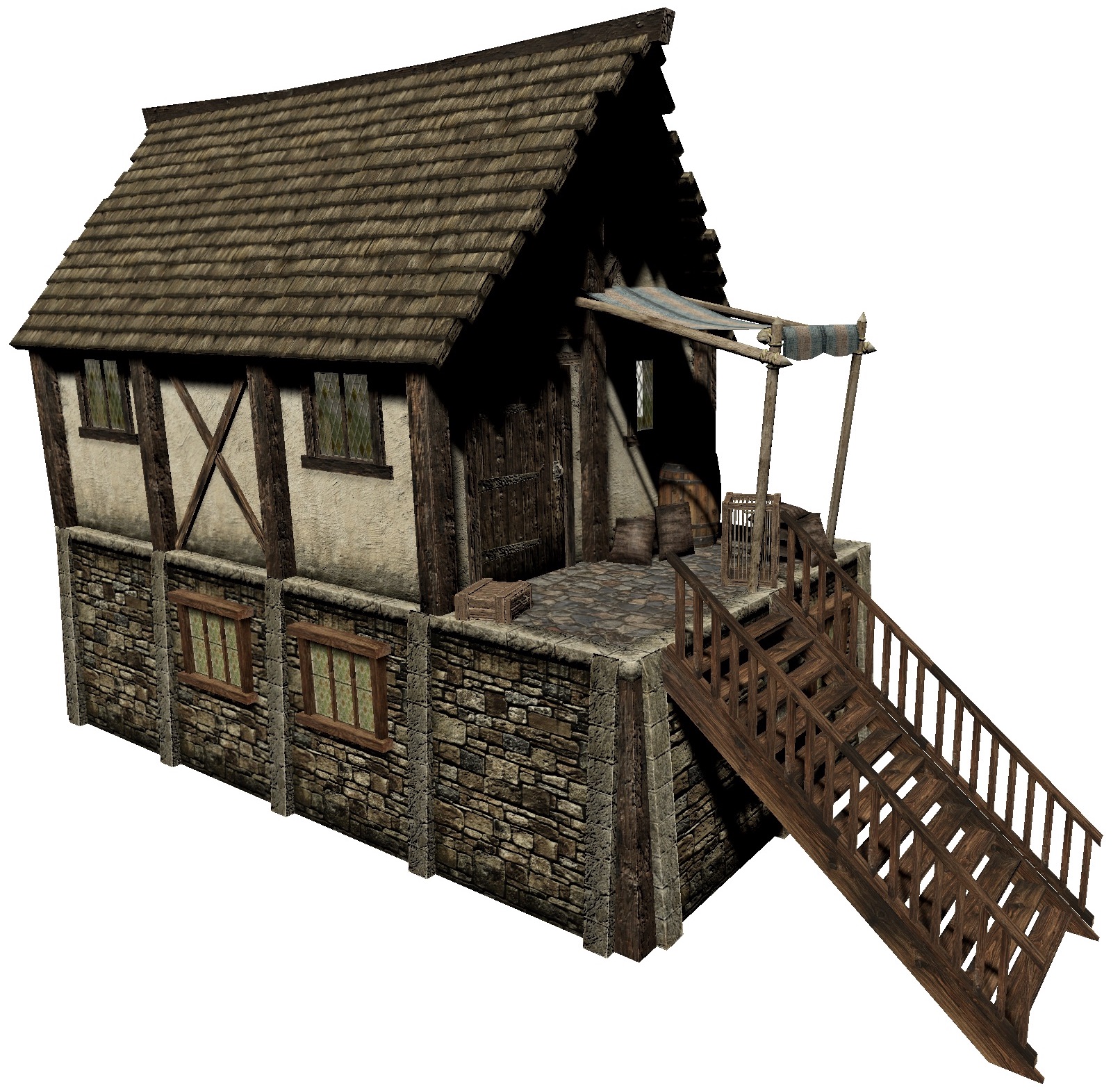Shwazen
From Dragon Eye Atlas
Shwazen is the culture of Schap and northern Biesen. Its two most prominent features, at least to outsiders, is its distrust of magic and its strict hierarchy and the respect expected towards the elders and betters.
Social Hierarchy
In Shwazen culture, everyone is part of a hierarchical social structure and answers to those above while being responsible for those below. The peasant answers to his lord and is responsible for his family and his servants. The lord answers to his liege and is responsible for his people. The liege answers to the king (in Biesen) or high priest (in Schap), who in turn answers to the gods.
There are similar hierarchies within villages and towns, within guilds and other organisations, within the religious orders and so on. A Shwazen person identifies himself with his position in the various social hierarchies he belongs to. If asked "who are you?", he may answer something like "citizen of Ebruck, master carpenter, vice-chair of the carpenters guild", or in another setting he might be introduced as the head of his family, or as the second-oldest son.
Social mobility is even lower in Shwazen society than it is in other parts of the world ond one's position in the social hierarchy is largely fixed at birth. It is almost impossible for a peasant to die as anything but a peasant and a noble will always be nobility. It is possible to advance in crafts from apprentice to master, but those pre-planned and expected progressions are just part of the system.
The hierarchies within Shwazen culture are taken very serious. The members of a guild will follow orders of the guild leader as if they were a military organisation, and the same is true for priests within a religious order or even families. The head of the household, usually the father, rules his family and does not ask his children to do something, he tells them to do it.
An important part of the hierarchy is the fact that those below require the permission of those above for many important actions. A peasant requires the permission of his lord to marry, and an apprentice the permission of his master for most career decisions. Women and children must ask the head of the household for most of their actions, and so on.
All of this makes Shwazen people both efficient and sometimes inflexible. It also makes responsibilities very clear, both in a bad way (with people doing things that make no sense or are harmful because they won't be responsible, they are only following orders) and a good way (whoever gave the order is held responsible for the outcome and will rarely attempt to weasel out of his responsibility).
Traditions
An unmistakable sign that you are in a Shwazen region is the Waystation outside every town, city and larger village. Probably hailing from dwarven roots, the Shwazen people do not welcome strangers into their settlements easily, and those merely passing through or wishing to trade or on some other business quickly resolved are guided to the Waystation instead. Depending on the amount of trade and travellers coming through, this can be a small building or a small market surrounded by several buildings of all sizes. There is typically an inn there as well as a trading post. Most business with outsiders is conducted in the Waystation, and only on complicated matters, long visits or if the foreigner needs to work on something that cannot be brought outside is he asked to enter the town or city itself.
Another common trait of Shwazen culture is that crimes against society or the commons are treated more harshly than against individuals. This is sometimes known as "both hands" laws where it has been codified, such as in Schap and some northern provinces of Biesen. The term goes back to laws stating that a thief who stole from someone will get his hand cut off, but a thief who stole from the commons, such as the village grain store, will lose both hands.
In Shwazen culture, as well as in Tallian, the day and the night are split into ten hours each. The length of those hours, however, varies by season, because both day and night are always 10 hours long. So in summer, day hours are longer and night hours are shorter, and in winter the other way around. 5 o'clock day is always noon and 5 o'clock night is always midnight.
Architecture
Most buildings in Shwazen areas are solid stone buildings, at least on the first floor and often throughout. Even peasant huts are commonly built from stone, just using much more rough masonry.
A typical feature of almost all multi-story buildings is that the entrance is on the second floor, with stairs leading up to it. In the far north, when the snowfall is intense during the winter, this ensures that the building remains accessible without major snow clearing efforts. Fortifications of any kind, even individual towers within a larger fortification, often combine this with a small drawbridge for added security.

